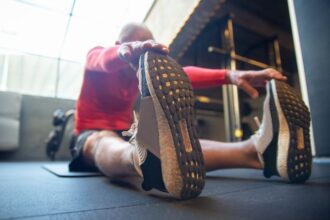Just as the ageing process can lead to reduced mobility due to less flexible joints, the stem cells within hair follicles also experience decreased flexibility, hindering their ability to foster hair growth. Northwestern Medicine’s recent study brought this crucial insight to light. However, the research also unveiled a potential solution: increasing these stem cells’ suppleness could significantly enhance their hair-producing capabilities, a finding of immense importance in hair growth and stem cell research.
The team at Northwestern embarked on an innovative path, discovering a method to increase the flexibility of these stem cells, thereby rejuvenating their hair-producing function. In their groundbreaking research, published in the prestigious journal PNAS, they revealed that enhancing the production of a specific tiny RNA molecule, miR-205, can decrease the rigidity of these cells. By genetically altering the stem cells to amplify miR-205 production, they were able to encourage hair growth in both young and aged mice, a testament to the potential of cutting-edge research in this field.
Rui Yi, the study’s leading author and the Paul E. Steiner Research Professor of Pathology and Dermatology at Northwestern University Feinberg School of Medicine, remarked, “Within 10 days, they began to grow hair.” Yi elaborated, “We are not creating new stem cells. Instead, we’re invigorating existing stem cells to produce hair. Often, the stem cells are present but fail to generate hair.”
The findings of this study showcase the potential of stimulating hair growth through regulating cellular mechanics. With the feasibility of delivering microRNA directly to the skin via nanoparticles, the team plans to investigate whether applying miR-205 topically can encourage hair growth in mice. Pending the success of these experiments, they aim to explore the possibility of using this microRNA to stimulate hair growth in humans.
This pioneering research was conducted using genetically modified mouse models. It employed sophisticated microscopy techniques, such as atomic force microscopy, to assess cell stiffness and two-photon microscopy to observe cell behaviour in living subjects.
More information: Jingjing Wang et al, MicroRNA-205 promotes hair regeneration by modulating mechanical properties of hair follicle stem cells, Proceedings of the National Academy of Sciences. DOI: 10.1073/pnas.2220635120
Journal information: Proceedings of the National Academy of Sciences Provided by Northwestern University








